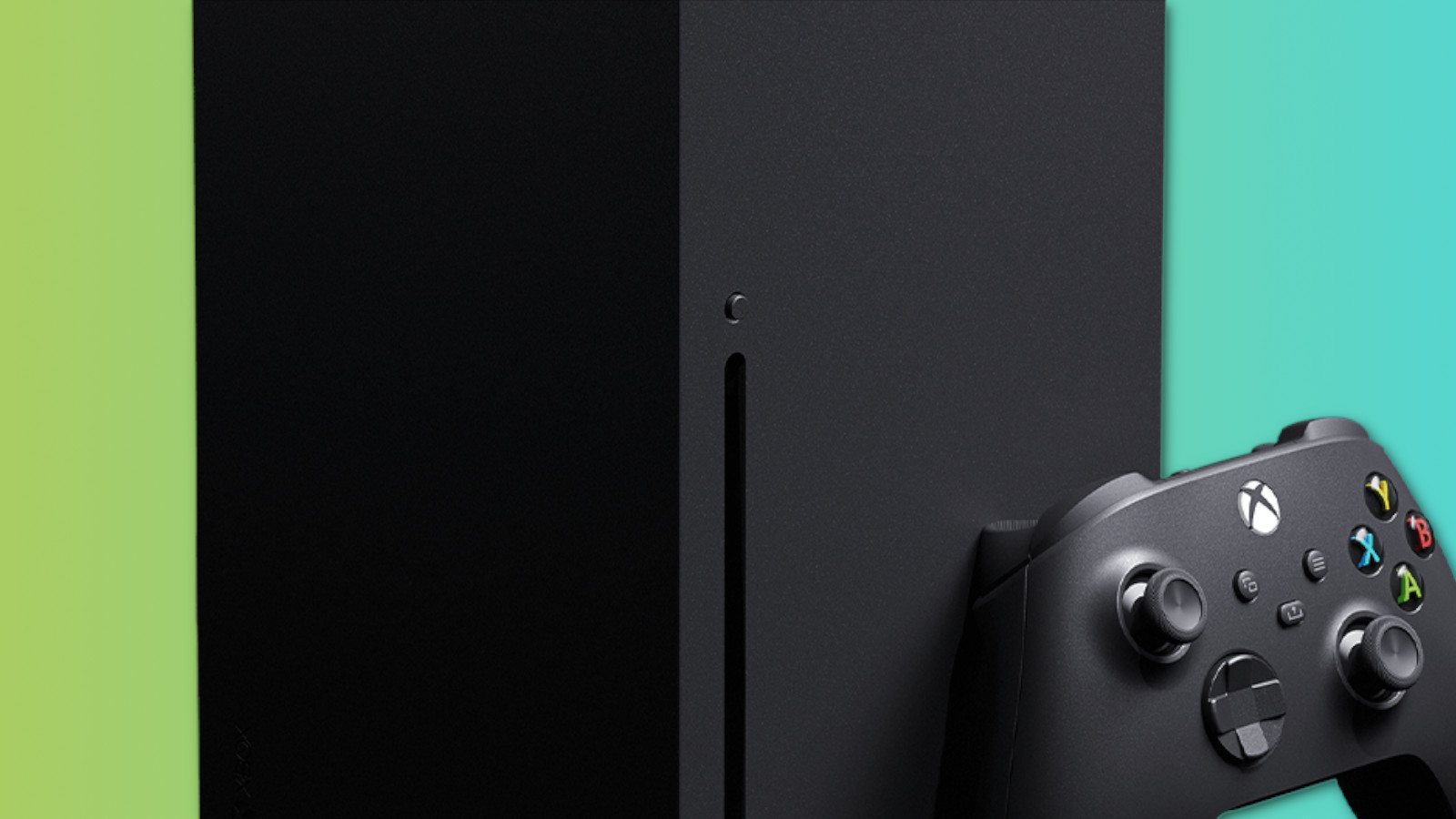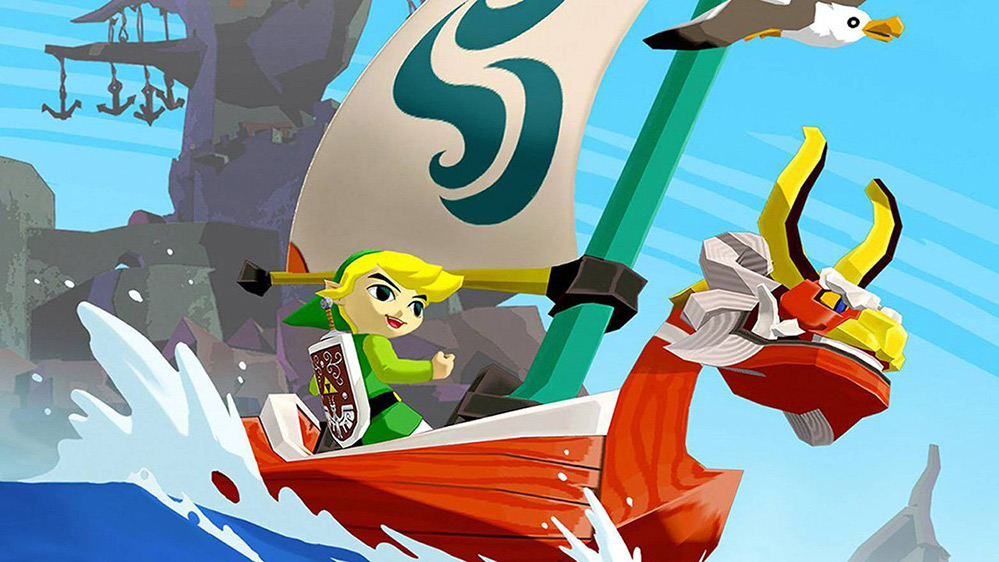Share
Alucard is Dracula Backwards
Regrettably, my earliest memory of the Castlevania universe was a Friday night rental from a South Jersey Blockbuster in 1999. I did not spend my infancy playing Simon’s Quest and actually still have never played Super Castlevania: IV, so being familiar with publisher Konami’s tale of Belmonte Vampire Hunters at war with Dracula was never a part of my video game history. Those Fridays, instead of spending the first half of the weekend doing homework, my brother and I would secure the living room and hook the CD Player, I mean, PlayStation console to a monolith of a CRT TV. We took turns as Alucard, drifting through Dracula’s castle to save Richter Belmont from “the thing” he had become.
Castlevania: Symphony of the Night (SotN) is easily one of the best games of that generation, redefining what a Metroidvania game is as well as utilizing the then-aging and limited PlayStation hardware correctly. This was a moment in gaming’s timeline when developers were still figuring out how a 3D camera and perspective operated effectively in the hands and vision of a player, and how to best represent a true emulation of artificial reality. Konami opted for detailed simplicity detail with their decision to make SotN as a 2D side-scroller with RPG elements. For comparison, Squaresoft, later becoming, as the record reads, SquareEnix, believed, and still does, that impressive graphics is what sells games. Besides being an example of a Tonberry’s hunger for murder fed solely with a diet of millennial affinity for nostalgia and Kingdom Hearts merchandise, SquareEnix loved to opt for handsome moments in their PSX era JRPGs over ingenuity in gameplay.

More than a few moons ago, most likely in an effort to soothe these memories, I picked up Castlevania: Rondo of Blood along with Castlevania: Symphony of the Night as a combo rerelease on the PS4 endearingly and appropriated titled: Castlevania Requiem: Symphony of the Night & Rondo of Blood. I never owned a PC Engine, for I was a lower-middle-class American child in the 90s and not a wealthy “bubble-era” salaryman. The PC Engine, or Turbo-Grafx – 16, as it was marketed in North America, sold at the equivalent of $400 USD ($800 today). Also, SEGA and Nintendo were household names and feuding corporations. Their broadcasted war in America was the fodder for recess conversations in 1993 and was another great example of the United States’ tendency to manipulate any situation into an “us versus them” conflict. However, in Japan, the PC Engine did extremely well and often outsold SEGA by a large number of units. As consequence, there exists an amazing backlog of Japanese PC-Engine gaming never translated and localized that I have yet to uncover.
It would have been very hard to play RoB at the time of its release if you were a kid in America; unless you got your hands on a copy of Dracula X, but that’s another and same game of a different timeline entirely.
The Rondo So Far
When I first played RoB back in 2018, I felt like I was surely at the end of the game once I encountered the wizard who transforms from a giant bat to a medusa monster, then to a mummy, a Frankenstein’s monster, and finally, his true form. After countless fights with Universal’s Classic Monsters ensemble, I gave up trying to end this guy’s life and, as two years past, just as soon forgot about my save file titled “GARTH”. In writing this review, I decided to begin a new file. This time, Richter went by “RANDY”. And I slowly began to realize how very far from the end of the game I was during my first attempt. And how foolish of me it was to give up so soon.

So, the bad guy I thought was a wizard is actually a dark priest named Shaft and is a servant for Dracula. In RoB, Shaft brings Dracula back from the dead, and as the gentleman vampire hunter Richter, the player enters the lion’s den to rescue his bride-to-be Annette and other ladies of purity. During his journey, Richter befriends a girl named Maria who shoots stars out of her heels when the player double jumps and summons things like musical notes and dragons.
Castlevania: Ballad of the Best

Although not as nonlinear as SotN, RoB is most certainly its predecessor. Many gameplay elements first used in RoB are later seen and refined in Konami’s 1999 release. Most enemy character designs are reused several years later, building on both the story and successes of RoB. This could be argued as a lack of innovation in the case of SotN’s. However, RoB is essentially a prototype of SotN and honestly, rivals the more familiar Western game in a countless number of ways. The fact that the game exists in stages rather than transforming into a free-roaming dungeon crawler that it does in SotN makes RoB significantly more challenging; requiring memorization of patterns and appropriate attack combinations to ward off many of the game’s more rage-inducing encounters. In SotN, you can also escape nuisances like Fleas by going on to the next screen/room. The player cannot do this in RoB, making for a total stress invoking experience but an experience that even the most impatient player can find reward in once achieved.
The joys of discovery and the value of replayability are what make RoB a rare retro gem, especially in a country excluded from a timeline where the PC Engine existed as a choice. Granted, I played a version removed from its original release, but I feel much of the below sentiment would exist regardless.

I just love the small details in sprite animation this game contains. When the player, after several frustrating tries to decimate the Minotaur boss, witnesses the monster, with his last ounce of strength, attempt an uppercut on the player, but then shortly decays before their eyes into a rubble of bones, its a moment of specific ingenuity. While playing as Maria, which, as an optional character, adds another facet of alternation in the game’s narrative and stage selection, the player is able to see her wink! Aesthetically, RoB is 90s anime as a mood. The cut scenes, although cheesy and poorly timed, are a pretty advanced concept in 1993. If anything, play this game because it just looks and just feels good to play. The controls are tight and responsive, whether you play as Richter or Maria. My preference always fell on Maria as she moved faster and was a bit more dynamic to play, as opposed to Richter’s bulldozer walking speed, but stronger spells.
The Castlevania series is notorious for rewarding players that pay attention and take their time. RoB is no exception to this anomaly, as the gameplay is also extremely even, with a gradual increase in difficulty as appropriate. There could be more of a diverse range of moves and weapons for the duo to learn or equip, but this gripe would be resolved in SotN. Traveling up and down staircases adds a unique perspective to the game, but it sometimes feels cumbersome to press two d-pad buttons at once. Overall, Castlevania: Rondo of Blood is top tier for all things spooky and evil, as well as being a game that excels as both a challenge and reward even today.

Mostly, I can’t get enough of the Ray Harryhausen-inspired baddies like the skeletons that toss bones indiscriminately on to the player, causing for some truly RAGE QUIT inducing moments.
ProTip: When I had to fight that wizard again on top of what appeared to be a clocktower, I summoned Maria’s turtle spell and took refuge under the shell in the far corner of the screen allowing bats to bounce off into flames as I harvested life after life, my score ticking up as the game dispersed 1-UPs every 20,000 points I earned. After hours on auto, and not as disastrous as Homer Simpson’s attempt in the episode, “King-Size Homer” with a drinking bird and the keyboard key “Y”, I farmed over fifty lives. Then I waltzed into Dracula’s throne room and proceeded to use all fifty of those lives.





